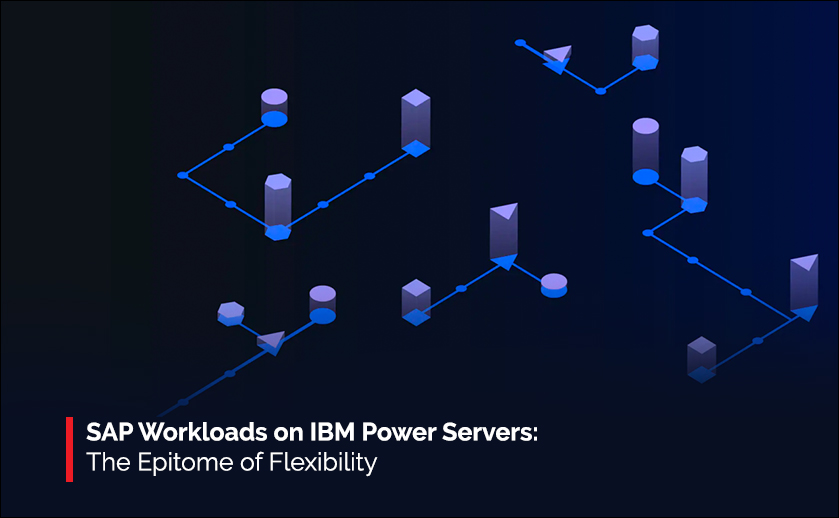IBM Power Servers have surfaced as the preferred hardware platform for SAP HANA customers seeking a robust infrastructure that can handle mission-critical workloads while ensuring enterprise-level reliability around the clock.
Users are moving SAP HANA to IBM Power Servers for its flexibility to deploy across a wide range of IBM Power-based servers. Coupled with the ability to integrate SAP HANA workloads into existing IBM Power Servers infrastructure, sets Power Servers as the preferred choice for organizations seeking the utmost agility and customization in their SAP HANA deployments.
With the IBM Power Platform, users enjoy complete compatibility with x86 platforms, allowing seamless data migration between x86 and IBM POWER through simple copy or backup/restore tasks. For data resiliency, IBM provides capabilities for building mixed SAP HANA replication clusters.
Virtualization at scale
SAP has also announced support for virtualization, allowing for 8 SAP HANA virtual machines to be set up on a single system using IBM PowerVM technology. This paradigm transforms what organizations can do using SAP HANA workloads while avoiding infrastructural complexity issues. With IBM Power Servers, users can virtualize up to eight production SAP HANA LPARs with fine granularity on a single server. This flexibility extends to running non-production and traditional production workloads in a shared processor pool, resulting in workload consolidation, optimized resource utilization, and higher processor usage rates even during fluctuating demand, ultimately leading to increased efficiency and reduced total cost of ownership.
Seamless Partition Migration
IBM Power Servers’ Live Partition Mobility feature, which is essentially virtualization that ensures flexibility and application availability, organizations, can seamlessly transfer an LPAR containing a running SAP HANA database from one server to another without any additional disruption or data loss. This functionality extends to non-disruptive cross-server workload balancing as well as planned hardware maintenance, which helps deliver on its promise of continuous high availability, eliminating downtime for critical SAP HANA environments.
Power 10 extensibility
IBM Power Servers accommodate both scale-up and scale-out architectures for SAP HANA workloads. So, whether the requirement is for a single-node scale-up or a scale-out topology across multiple database nodes, both types of workloads can be seamlessly implemented. With IBM PowerVM you have the use of supported servers for both deployment types. To illustrate, scale-up SAP HANA databases and their associated SAP ecosystem can be hosted on S-class servers, whereas high-end E-class models can consolidate multiple SAP HANA scale-out nodes in LPARs onto a single server. This allows for optimization of resource utilization and reduction of IT and operational complexity and costs compared to a dedicated server and appliance-based SAP landscapes.
IBM Power Servers offer advanced features for organizations looking for flexibility, scalability and maneuverable infrastructural parts which can be tailor-fitted for their particular needs. Companies can personalize their SAP HANA deployments using the virtualization capabilities and configure their infrastructure to meet their unique requirements and seamlessly integrate their SAP HANA workloads into their existing IBM Power Servers infrastructure. With these capabilities, organizations can achieve greater efficiency, agility, and cost savings while maximizing the potential of their SAP HANA environments.






